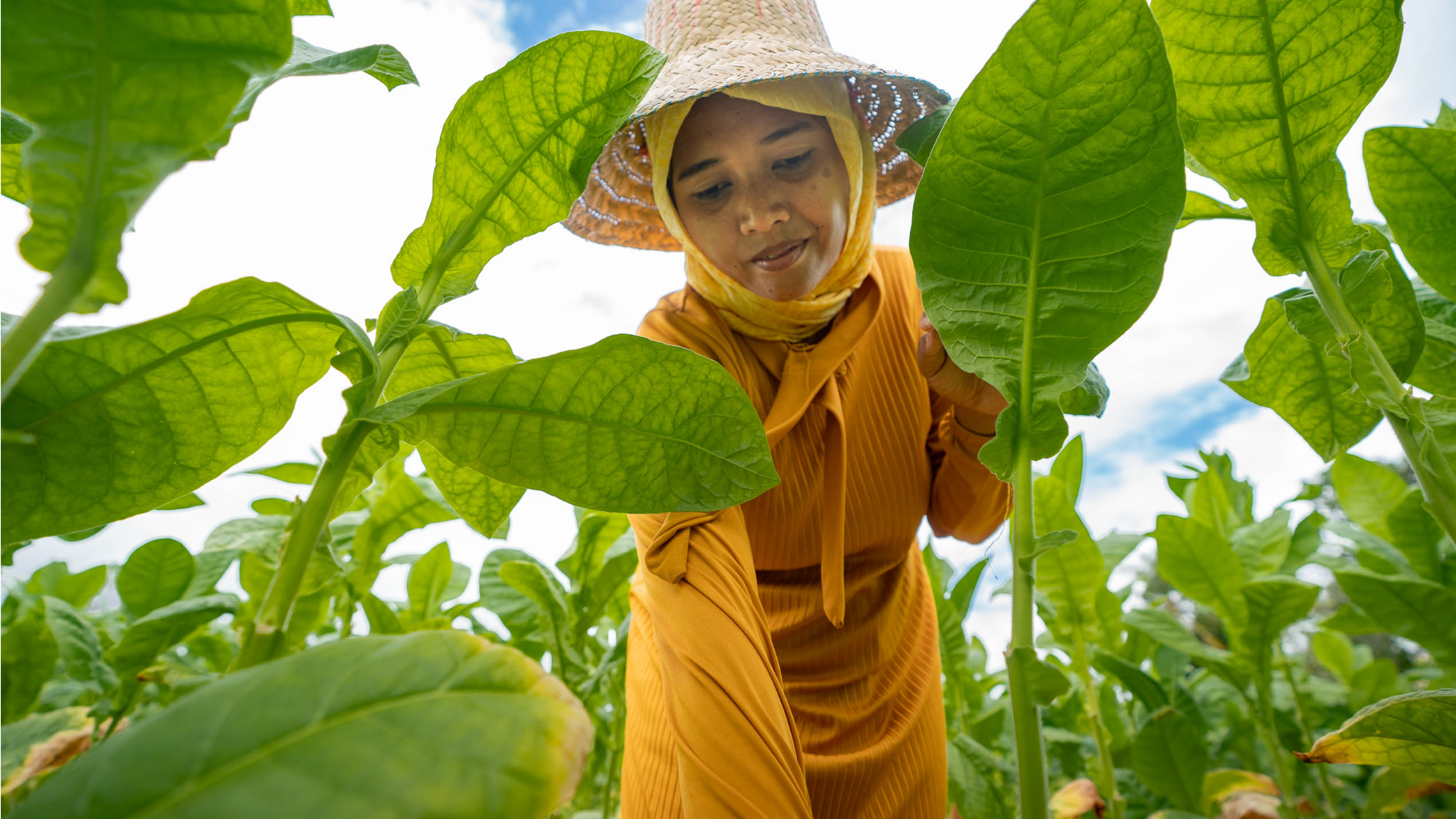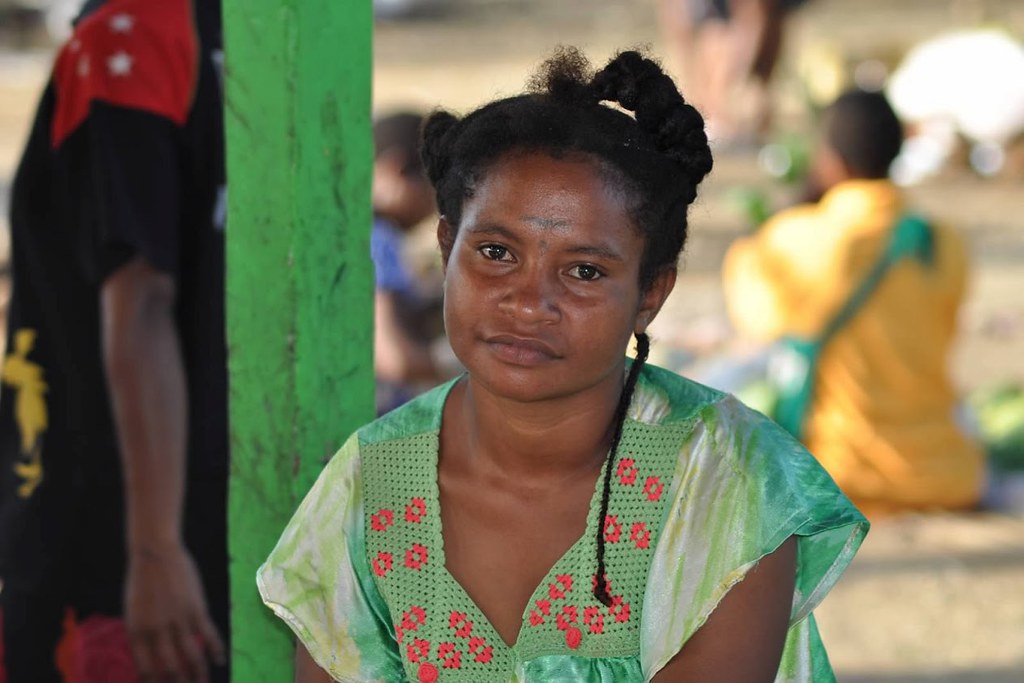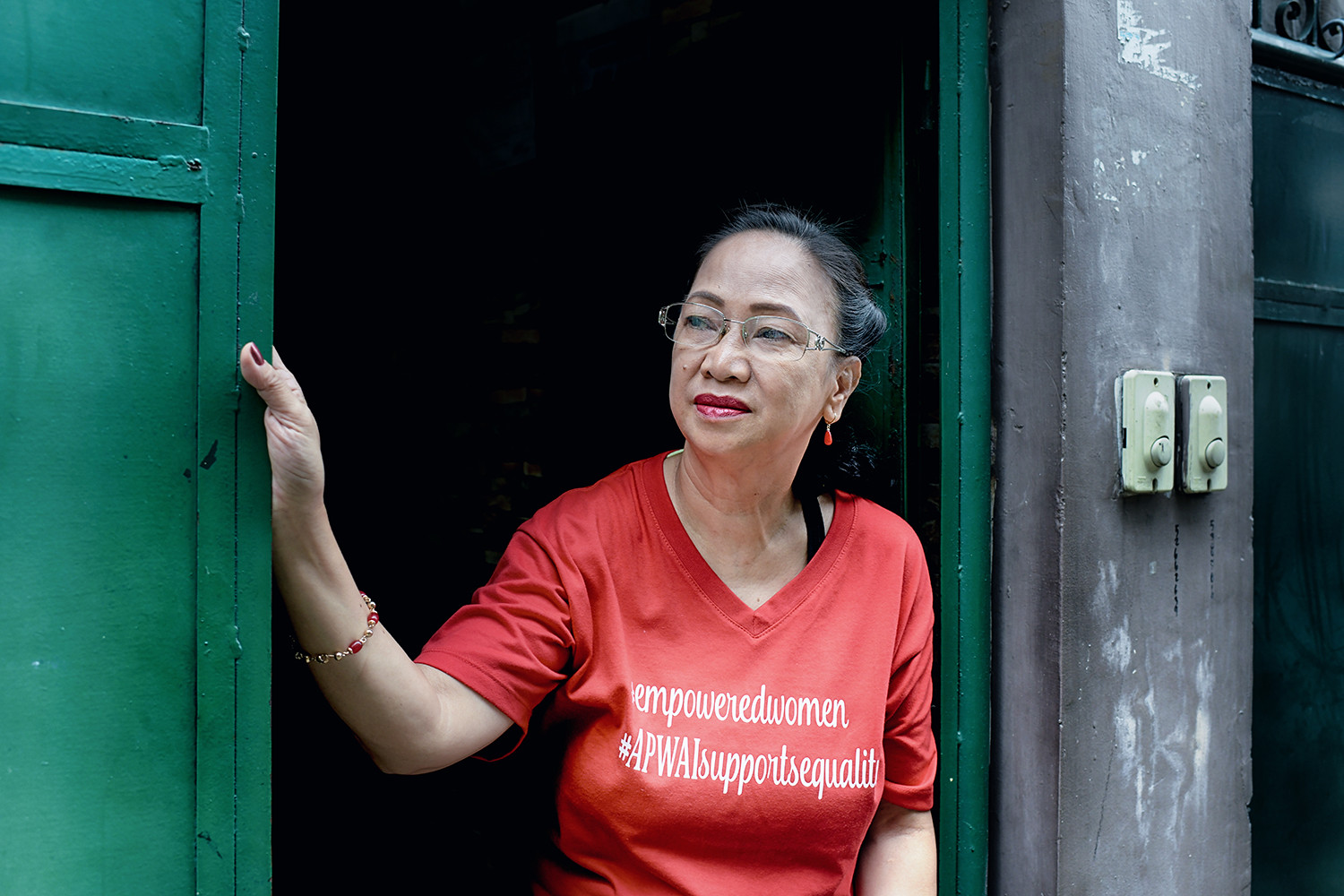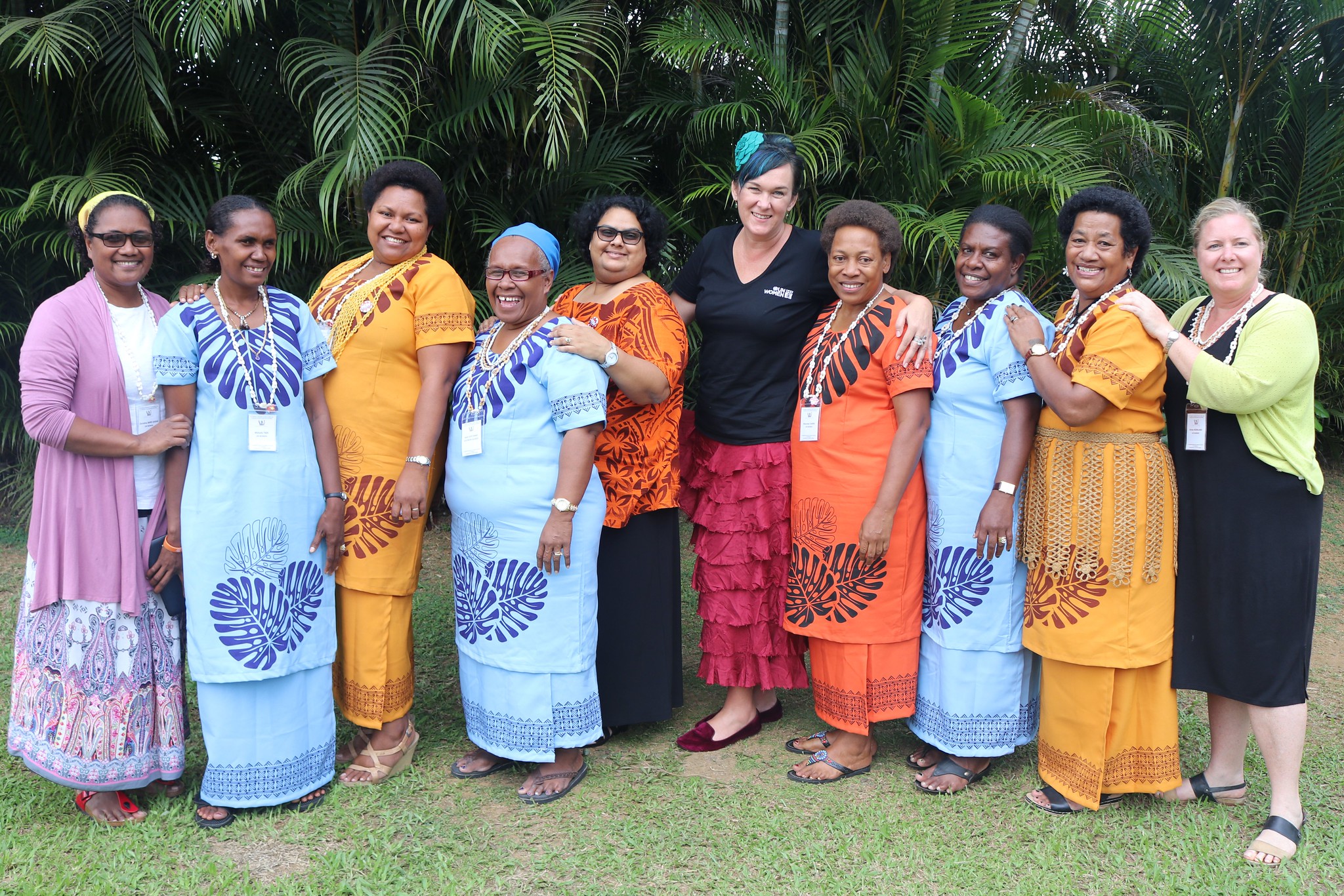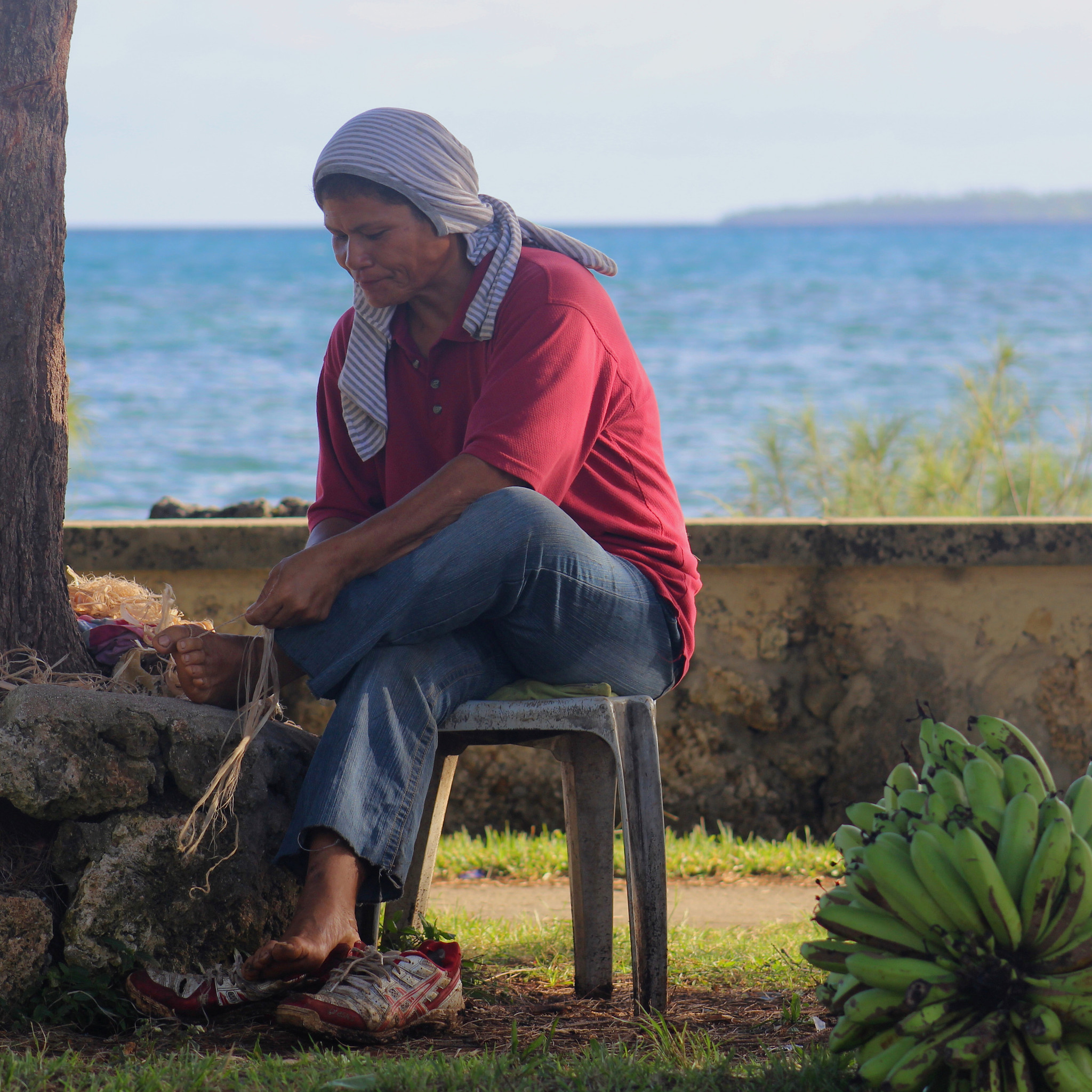Interact with the data country by country
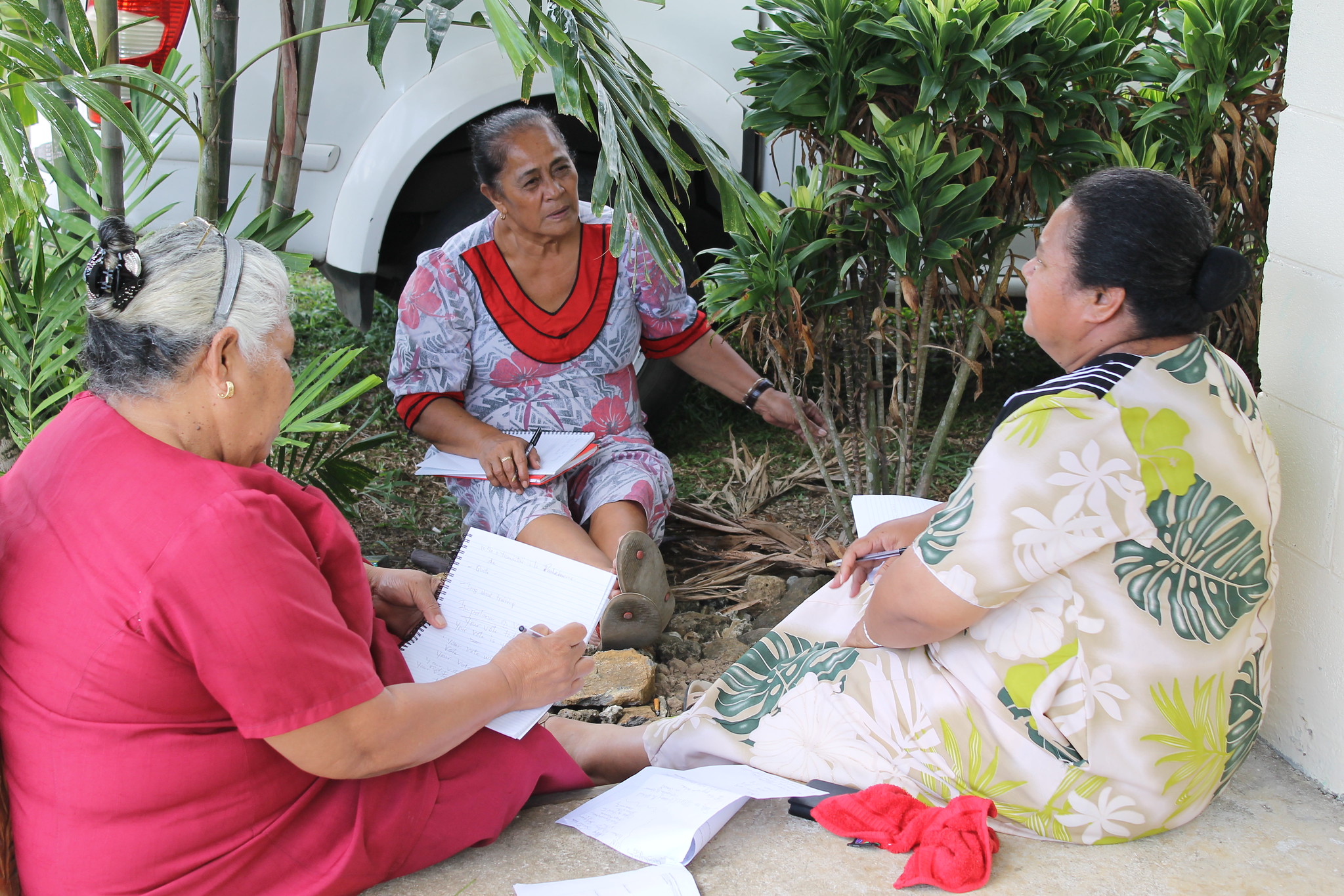
In Samoa, more women than men are expected to fall into poverty as a result of climate change.
Climate change leads to greater poverty and hunger
Climate change is affecting the lives of women and men profoundly. Droughts, floods, sea level rise, and many other climate change related effects are impacting livelihoods and ecosystems. This will pose challenges to achieve the SDGs. Worse yet, if climate change continues to accelerate, a worse climate change scenario will thwart the on-going efforts to reduce poverty and food insecurity.
The poverty threshold utilized for Samoa is different from other countries in this analysis in order to align to the closest possible internationally comparable estimate to Samoa's national poverty line.
Gender-sensitive development policies help alleviate poverty
Investments in gender-sensitive development policies and climate action can mitigate some of these devastating effects of climate change. The impact of these investments is greater if they are made in the current climate path. In other words, before reaching a worse case climate scenario.
In a worst case climate scenario, Empowerment Investments help mitigate the inevitable increases in poverty and food insecurity, but deprivations remain higher than they would be if these investments had been applied in a current climate scenario.
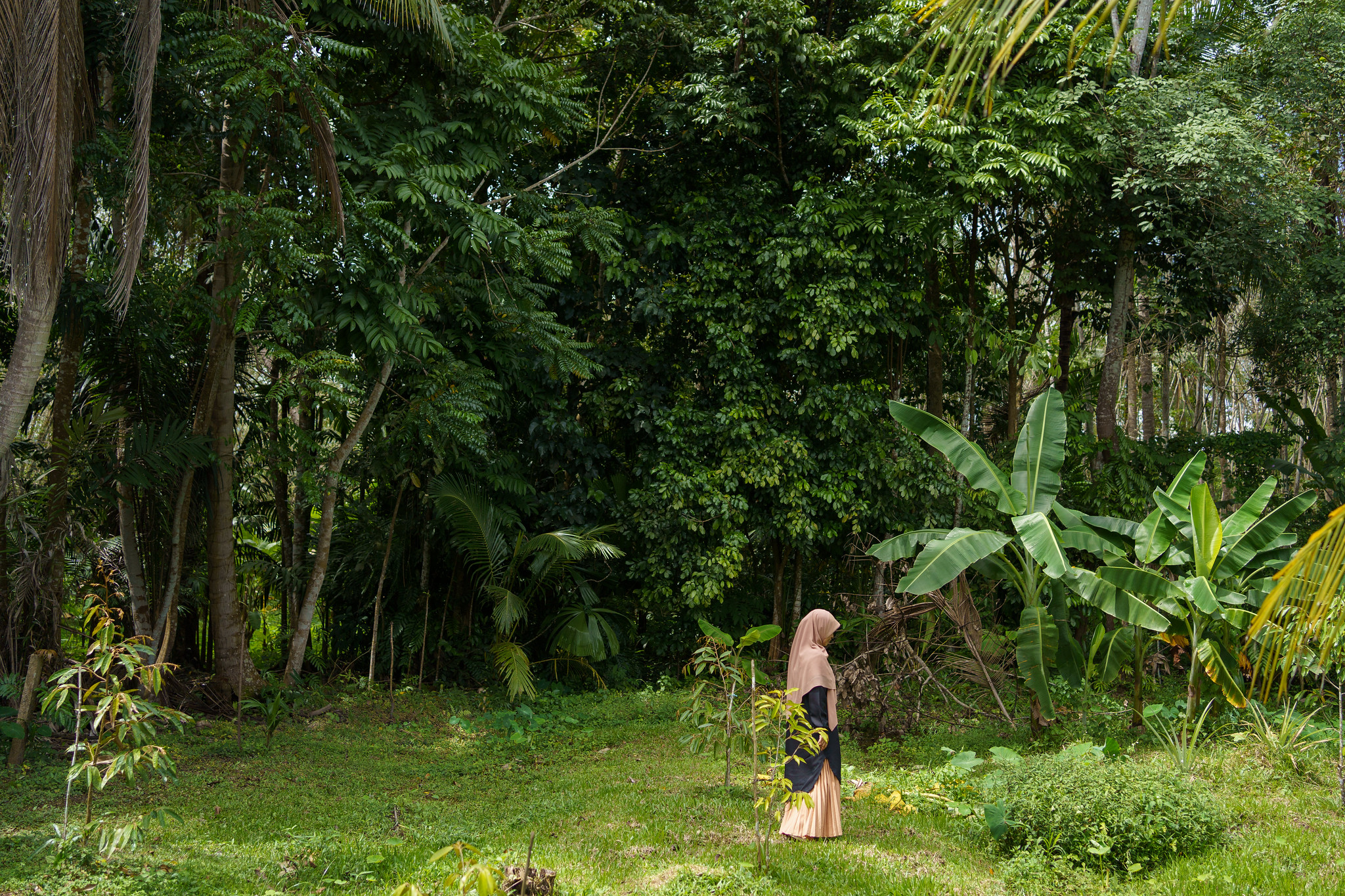
What is the foundation of our analysis?
The International Futures tool, which was developed by the Fredrick S. Pardee Center at the University of Denver, is used to explore and comprehend the potential impacts of two different scenarios/climate paths: The ‘Current Climate Path’ (the current climate change trajectory); and a ‘Worse Climate Path’ scenario (where future average temperatures rise more rapidly).
But these are not the only options. Policy actions, if taken now, can make a difference. As such, two additional scenarios are also possible: The ‘Current Climate Path’ + ‘Empowering Investments’ (where policies are put in place to offset some of the currently projected effects of climate change); and a ‘Worse Climate Path’ + ‘Empowering Investments’ (where policies are put in place assuming the increases in temperatures accelerate).
The results show that some of the devastating effects of climate change on poverty and food security can be mitigated in Samoa if gender-responsive investments are made urgently.
Note: In assessing poverty in a given country, it is important to focus on poverty lines that are appropriate for that country. The international extreme poverty line of $2.15 in not appropriate across all contexts and thus different thresholds are needed. In this analysis, $2.15 is used for Indonesia, Kiribati, Philippines and Solomon Islands, $3.65 for Samoa and $6.85 for Tonga. Moreover, estimating monetary poverty by sex remains difficult in contexts where the primary source of data is household-level instruments. These tools often lack information on intrahousehold dynamics, including individual consumption patterns and information on how resources are pooled or not among household members and across households. Nevertheless, simultaneous disaggregation of these data by sex and age as well as household composition reveals important information about women’s risk of poverty across the life cycle. See Munoz Boudet, A. M., A. Bhatt, G. Azcona, et al. 2021. A Global View of Poverty, Gender and Household Composition. World Bank, Policy Research Working Papers.
Our technical report
Gendered analysis of the impact of climate change on poverty, productivity and food insecurity.
This report details our foresight analysis, highlighting five scenarios of varying impacts of climate change on women's lives, and the role of investments in mitigating them.

